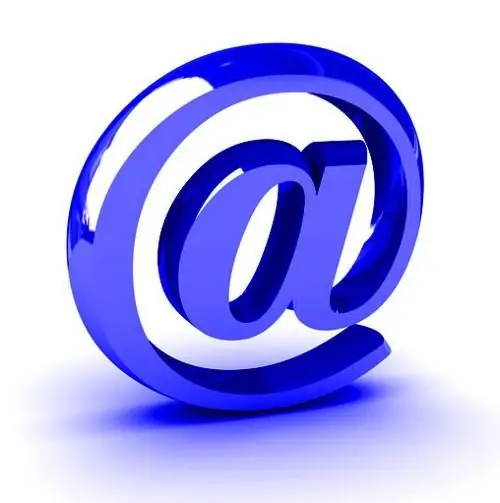- Author Lauren Nevill [email protected].
- Public 2023-12-16 18:48.
- Last modified 2025-01-23 15:15.
Sooner or later, even the most careless owner of an e-mail box, after reading pseudo-hacker stories, begins to think about the security of his e-mail. Keeping your email secure is not that difficult, especially since email services do the bulk of the work for you.

Necessary
- - computer;
- - the Internet;
- - browser;
- - mail clients;
- - antivirus.
Instructions
Step 1
To maximally protect yourself from hacking your mailbox, follow these tips: Set the most secure password on your mailbox. A good password is one that is at least 10 characters long and includes both numbers and upper and lower case letters. Change your password at least once every three months. An attacker can get into your mail using a simple answer to the security question. Therefore, set yourself your own question with an answer that only you can know.
Step 2
If you are viewing mail through a web interface, then disable viewing emails in HTML form, read them in plain text so that an attacker cannot use XXS (cross-site scripting) to steal your session data. Additionally, bind your cookies to your ip-address, if possible (some e-mail services do not provide this option). Be sure to link your mailbox to your mobile phone - this will weakly protect your e-mail, but in case of hacking, you can always restore your mailbox.
Step 3
When viewing letters, use the antivirus firewall. Never download or install files sent to you by mail, as they can be infected. Even if they were sent from a familiar email address, there is a possibility that your friend's mail has been hacked and now malicious programs are being sent from it. Many users fall for the so-called "phishing". A "phishing site" is a malicious site that completely mimics the interface of the real site, designed to force users to enter their information. You can distinguish a phishing site by its url in the address bar, it will differ from the url of the site you need. Therefore, carefully review the site address in the browser bar.
Step 4
Never give your data from e-mail to anyone. Often scammers, masquerading as the administration of the mail server, carry out mass mailings with a request to indicate your data. Remember - the real administration of mail servers will never send letters with a request to specify a login and password. If you enter your mail not from your personal computer, but from a work or from an Internet cafe, then always tick the checkbox "someone else's computer" … When you are finished with your mail, always log out of it by ending your session with the “Quit” button. Thus, there will be no saved files on someone else's computer that could be used to log into your mailbox.






